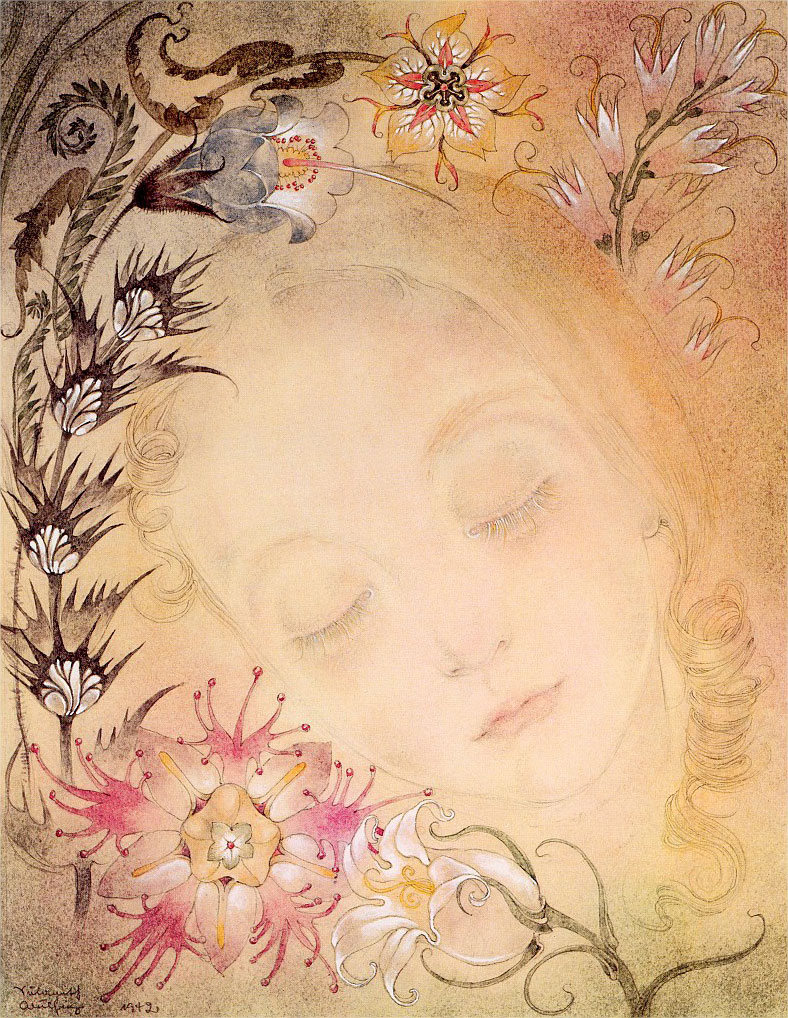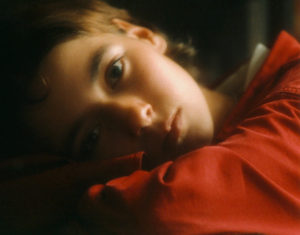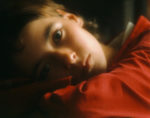
I have chosen the following soft and gentle poem as a prime example of the shy and restrained form of love found in Clare’s beautiful poetry.
It appeared in The Village Minstrel, his second collection of poetry, published in 1821, in the part titled “Poems” in Volume 1. It is generally titled as “Ballad,” or by its first line “I love thee, sweet Mary, but love thee in fear,” or by both together.
I present the version given in the biographical introduction (called “Life, Letters, etc.”) of Life and Remains of John Clare, The “Northamptonshire Peasant Poet” by John Clare. The text, slightly different from the The Village Minstrel version, probably follows Clare’s manuscript.
BALLAD / I LOVE THEE, SWEET MARY.
I love thee, sweet Mary, but love thee in fear;
Were I but the morning breeze, healthful and airy,
As thou goest a-walking I’d breathe in thine ear,
And whisper and sigh, how I love thee, my Mary!
I wish but to touch thee, but wish it in vain;
Wert thou but a streamlet, a-winding so clearly,
And I little globules of soft dropping rain,
How fond would I press thy white bosom, my Mary!
I would steal a kiss, but I dare not presume;
Wert thou but a rose in thy garden, sweet fairy,
And I a bold bee for to rifle its bloom,
A whole Summer’s day would I kiss thee, my Mary!
I long to be with thee, but cannot tell how;
Wert thou but the elder that grows by thy dairy,
And I the blest woodbine to twine on the bough,
I’d embrace thee and cling to thee ever, my Mary!
This Mary could be Mary Joyce, the girl with whom he fell in love at age sixteen, and who would haunt his later life. Her father broke their relationship, and later Clare married Martha Turner, “Patty,” while Mary remained unwedded and died in an accident some thirty years after their affair. Now Clare, having lost his reason, declared that Mary had passed his window, then that Mary was his true wife and Patty his second wife. This hypothesis is corroborated by the following statement made by Professor Eric Robinson in an interview with the John Clare Weblog:
In Clare’s manuscripts there is a dimension not made clear until recently by Margaret Grainger’s The Natural History Prose Writings of John Clare (Oxford, 1983) and Timothy Brownlow’s John Clare and the Picturesque Landscape (Clarendon Press, Oxford, 1983) and that is the numerous small pencil and pen sketches added by Clare in the margin. The lovely ballad, ‘I love thee sweet mary but love thee in fear’ (B 247a-248), for example, is accompanied by a landscape sketch of fields, presumably the very fields near Clinton through which Mary Joyce and he wandered together.
There are other poems by John Clare that seem to speak of Mary Joyce, for instance “First Love’s Recollections” in The Rural Muse (digitised on Internet Archive and hypertext transcription by Simon Sanada); indeed, it tells about his first love: “Thou wert the first” and “First love will with the heart remain;” moreover, it calls “Mary!” and tells of “Joy’s first dreams,” which could be a hint at her name.
Source of this version of the poem: Life and Remains of John Clare, The “Northamptonshire Peasant Poet” by John Clare, edited by J. L. Cherry, London: Frederick Warne & Co. (1873), digitised on Internet Archive. The poem is page 46. See also the hypertext transcription as a Project Gutenberg ebook.
Other version of the poem: The Village Minstrel, and Other Poems, Vol. 1, London (1821), digitised on Internet Archive. The poem is page 195. An hypertext transcription can be found on Public Domain Poetry and on Poetry Cat; it was also given by Simon Sanada in his late website John Clare Poems: The Lifetime Published Poetry.
This is a revised version of a post previously published on Agapeta, 2016/07/12.

